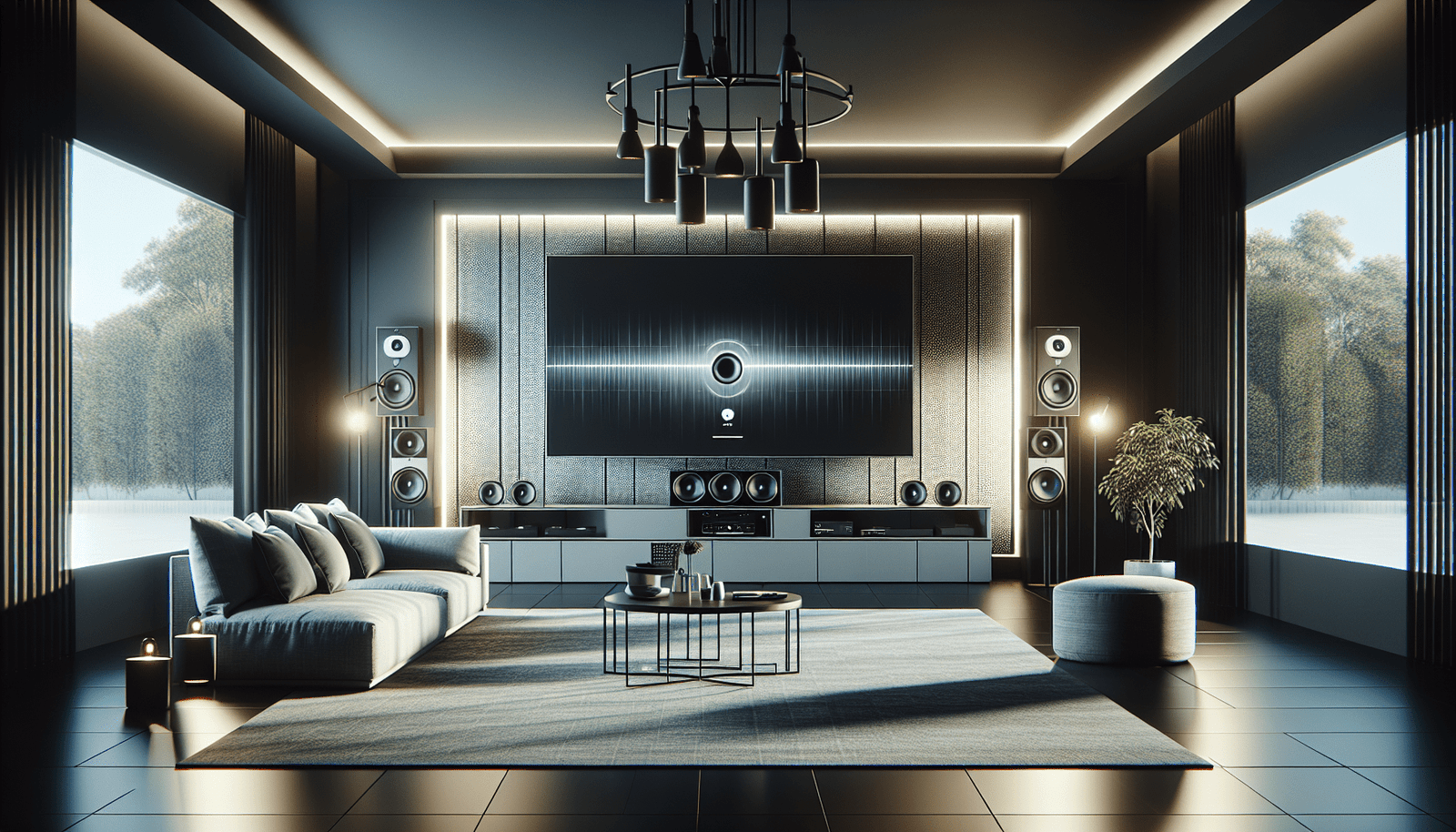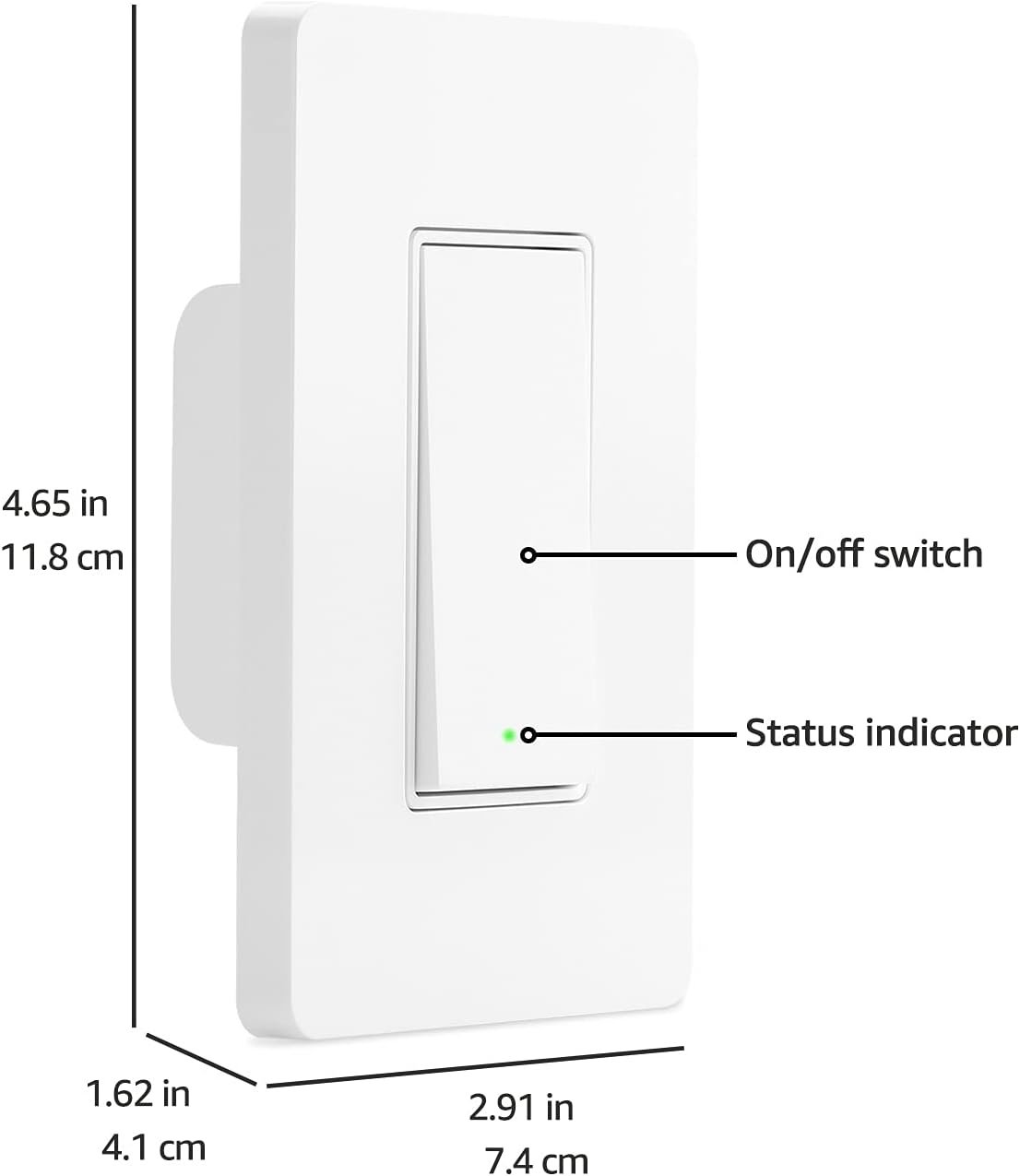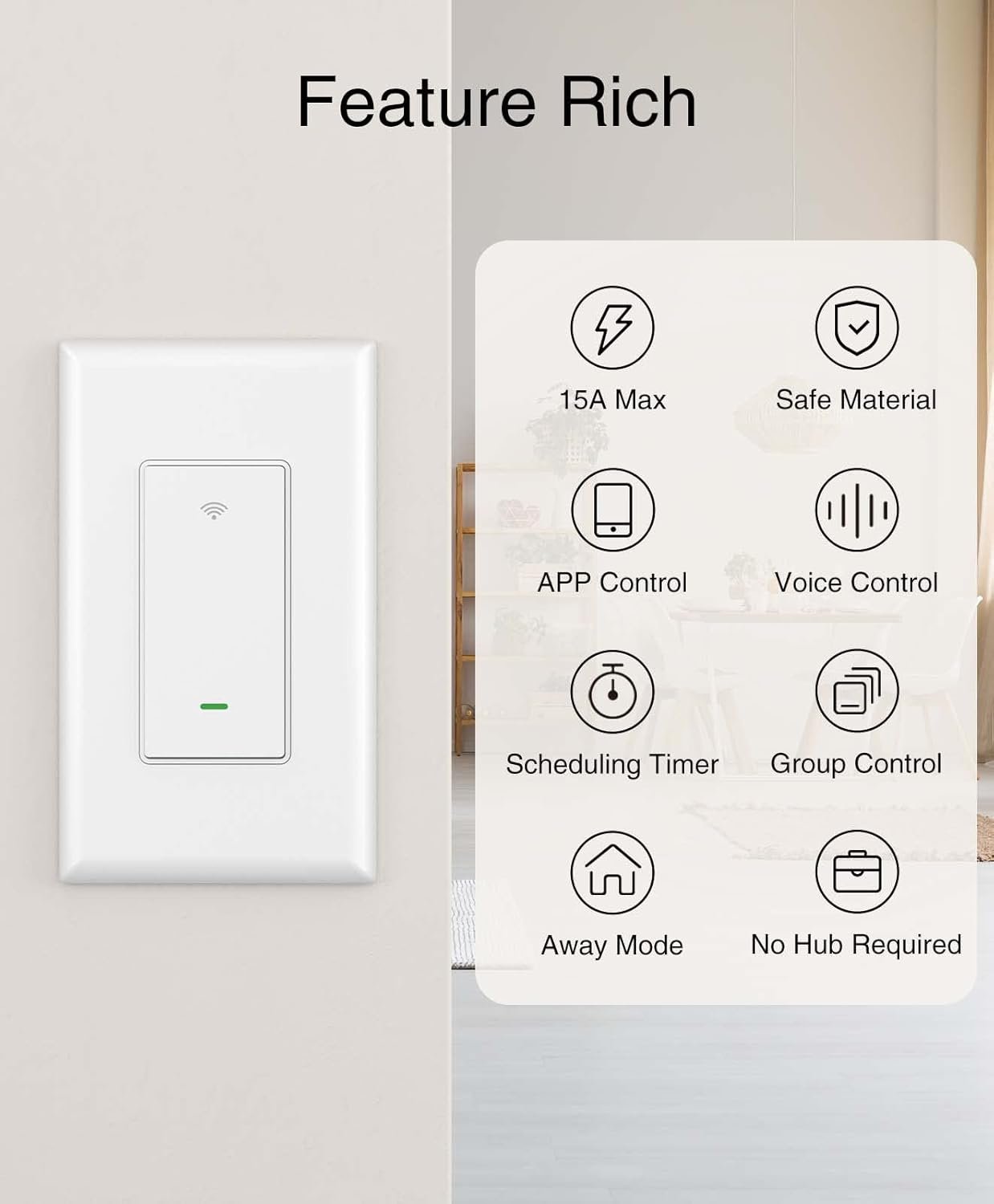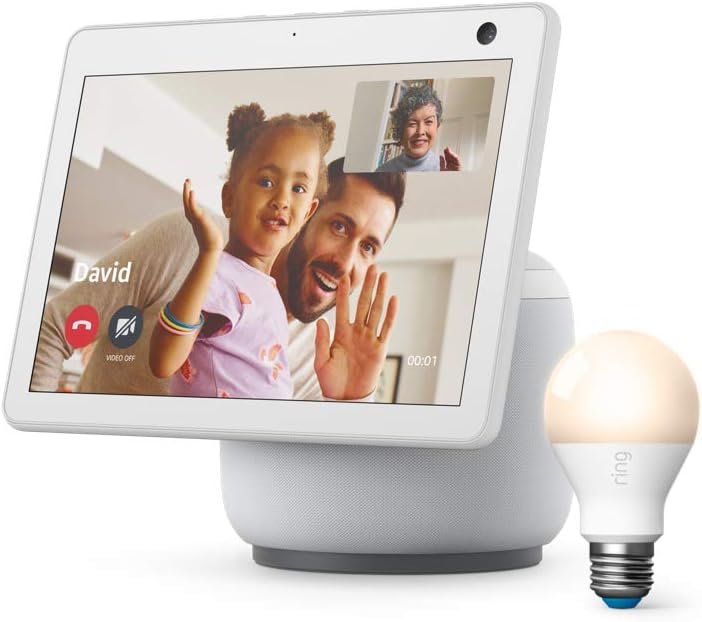Have you ever imagined turning your home into a hub of entertainment and relaxation with just a few smart devices? Designing a smart home specifically catered to entertainment lovers isn’t just a dream—it’s a dynamic reality that can transform your living space into a connected, efficient, and immersive experience.
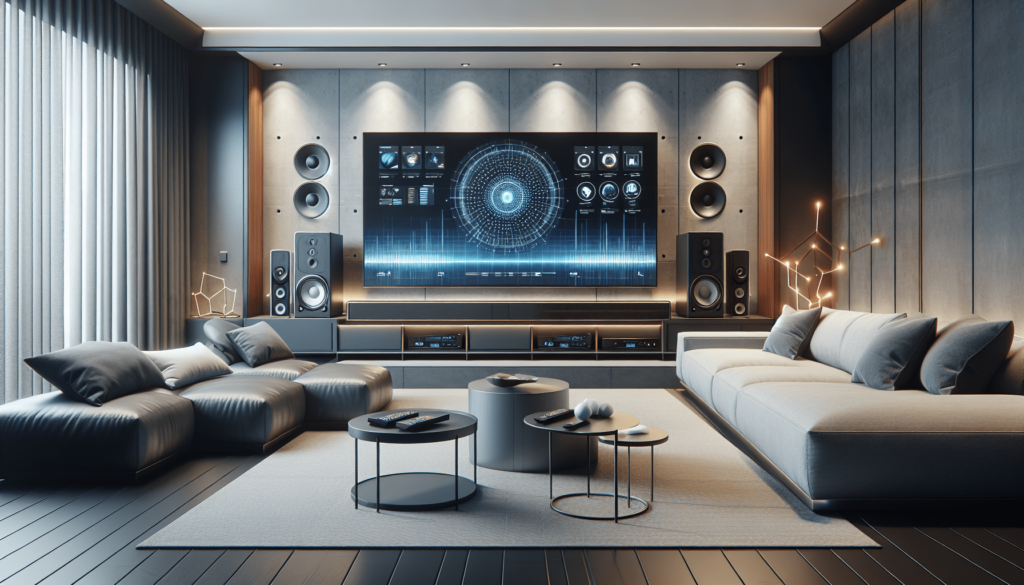
Understanding the Concept of a Smart Home
Before delving into the specifics of creating a smart entertainment home, it’s important to understand what a smart home is. A smart home uses internet-connected devices to enable remote management and monitoring of systems and appliances such as lighting, heating, and security.
These systems are designed to streamline the user experience, offering convenience through automation and control via smartphone apps, voice commands, or smart controllers. For entertainment lovers, smart homes provide unparalleled opportunities to enhance your viewing, listening, and gaming activities.
The Entertainment Aspect: How Smart Homes Revolutionize Fun
Smart homes, through their inventive integration of technology, are revolutionizing home entertainment. From smart TVs and speakers to intelligent lighting that adapts to the mood of your movie night, the possibilities are endless. Imagine walking into your home and your favorite playlist starts automatically, or having your lights dim gradually as your movie begins—smart technology makes it all possible.
The Essentials: Smart Home Devices for Entertainment
Building a smart home for entertainment begins with selecting suitable smart devices. Here’s a look at some essential types of devices, each with its function to enhance your entertainment experience:
Smart TVs and Streaming Devices
Smart TVs are the cornerstone of any entertainment lover’s home. These devices allow you to stream content from various services such as Netflix, Amazon Prime, and Hulu without the need for separate set-top boxes. If you don’t want to replace your current TV, streaming devices like Roku, Amazon Fire Stick, or Google Chromecast can turn it into a smart TV.
Smart Speakers and Sound Systems
Audio plays a crucial role in how we experience entertainment. Smart speakers such as Amazon Echo, Google Home, or Apple HomePod can fill your space with high-quality sound, controlled effortlessly through voice commands. For movie enthusiasts, a smart surround sound system can provide a cinematic experience right from your living room.
Smart Lighting
Integrating smart lighting into your entertainment setup can vastly enhance the experience. Smart bulbs and LED strips can change colors and brightness, creating the perfect ambiance for any occasion. Brands like Philips Hue or LIFX offer diverse options that can be controlled via app or voice.
Smart Home Theaters
For the ultimate in-home entertainment, consider a smart home theater system. These systems can integrate projectors, sound systems, lighting, and even seating to create an all-encompassing experience. Systems like those from Control4 or Savant offer comprehensive solutions for home theater integration.
Smart Home Assistants
Devices like Amazon Alexa, Google Assistant, or Apple’s Siri act as the control hub for your smart home. They can streamline operations by managing various devices, setting up routines, and even providing information or reminders. For entertainment lovers, these assistants make accessing your favorite media hands-free.
Cost and Value: The Economics of Smart Entertainment
Designing a smart home often comes with considerations surrounding cost. While the initial investment might seem high, the value and convenience offered by smart technology can offer significant long-term benefits.
Initial Investment vs. Long-Term Savings
The cost of smart home technology can vary based on brand, features, and complexity. However, investment in such devices often translates to long-term savings. Smart energy devices, for example, can decrease utility bills, while automated systems enhance convenience and enjoyment.
Return on Investment
Incorporating smart technology into your home can increase property value. Real estate trends suggest properties equipped with smart home technology are increasingly desirable. For entertainment lovers, this means enjoying a personalized experience that also contributes to the long-term value of your home.
Selecting, Setting Up, and Maintaining Smart Home Ecosystems
Creating a smart home tailored to your entertainment needs involves careful selection and setup of devices. Here’s a step-by-step guide to help you get started:
Choosing the Right Devices
Begin by identifying your entertainment needs. Are you a movie buff? A music lover? Do you enjoy hosting gaming nights? Understanding your priorities helps you select the appropriate devices.
Setting Up Your Smart Home
-
Plan Your Layout: Determine where each device will be most effective. Align speakers where sound is optimal, place lighting where ambiance is desired.
-
Compatibility Check: Ensure the devices work together seamlessly. Utilize platforms like Apple HomeKit, Amazon Alexa, or Google Home for integration.
-
Network Optimization: A strong Wi-Fi network is crucial for uninterrupted entertainment. Consider a mesh Wi-Fi system for extensive coverage.
Maintaining Your Devices
Regular updates and maintenance are necessary to keep your smart home running smoothly. Schedule firmware updates, conduct periodic checks, and invest in good security practices to protect your network.
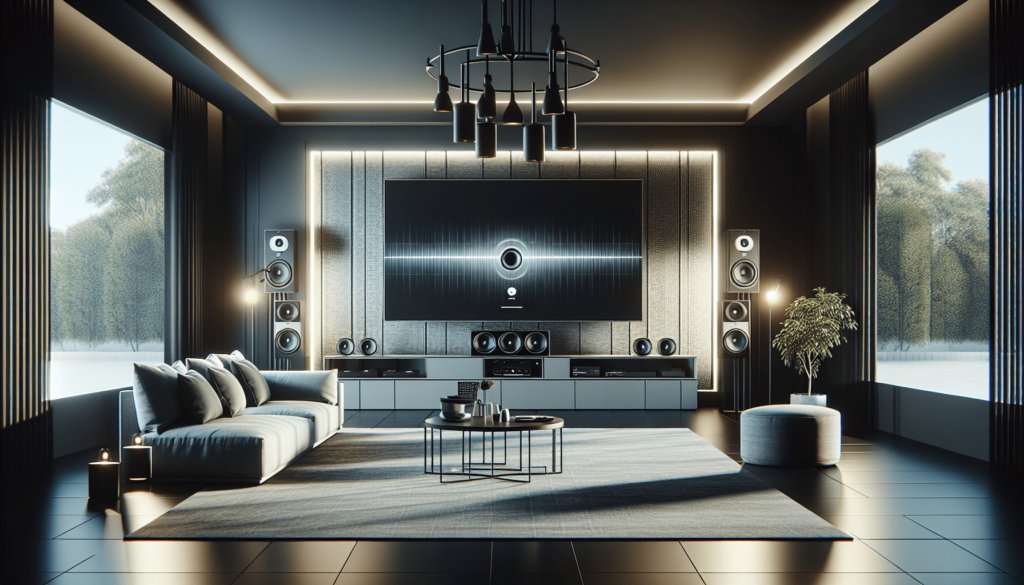
Security and Privacy: Keeping Your Smart Home Safe
As with all technology, smart homes come with security considerations. Keeping your system safe involves several key practices:
Understanding Potential Risks
Smart devices often require access to sensitive data. It’s important to be aware of potential vulnerabilities, such as unauthorized access or data breaches.
Implementing Safety Features
Ensure every device is secured with strong, unique passwords. Use two-factor authentication where possible, and keep your router’s firmware up-to-date.
Best Practices for Privacy
Regularly review the permissions granted to apps and devices. Be aware of the data being shared and disable unnecessary tracking features.
Energy Efficiency and Sustainability: Smart Choices
One of the significant benefits of smart technology is its potential for improving energy efficiency. For those keen on sustainable living, here’s how smart devices make a difference:
Smart Thermostats and Sensors
Devices like the Nest Learning Thermostat or Ecobee adjust heating and cooling based on your location and habits, reducing energy wastage and enhancing comfort.
Energy Monitoring
Smart plugs and energy monitors provide insights into energy consumption, helping you identify areas for improvement and adjust usage patterns accordingly.
Sustainable Lighting Solutions
LED smart bulbs consume less energy and have a longer lifespan than traditional bulbs. You can control them to reduce unnecessary usage, contributing to sustainable energy use.
Compatibility and Connectivity: Seamless Integration
For a truly smart entertainment environment, devices must communicate effectively with each other. This section explores compatibility and connectivity considerations:
Platforms and Protocols
When selecting devices, ensure they support common platforms such as Amazon Alexa, Google Assistant, or Apple HomeKit. Efficiency improves when devices speak a common ‘language,’ such as Zigbee, Z-Wave, or Wi-Fi.
The Role of Smart Hubs
Smart hubs like Samsung SmartThings or Wink connect devices, allowing them to work in unison. A centralized hub can manage lighting, security, and media, creating a harmonious ecosystem.
Voice Assistant Integration
Voice control enhances accessibility of smart devices. Ensure your entertainment setup supports integration with voice assistants, allowing for seamless control through simple commands.
Future-Proofing and Innovations in Smart Home Technology
Technology continually evolves, and smart homes are no exception. Keeping an eye on future trends ensures your smart home stays up-to-date.
Emerging Trends
Exciting trends include the rise of AI-driven personalized recommendations in media content, advancements in VR/AR for home entertainment, and more sustainable smart devices.
Upgrading and Expanding
Consider systems that allow for upgrades without complete replacements. Devices that receive regular firmware updates or can integrate with new tech will have a longer lifespan.
Adapting to Change
Technology will change, but so can your setup. Flexible systems let you adapt to new devices, ensuring your smart home grows with technological advancements.
In conclusion, designing a smart home for entertainment lovers involves a thoughtful approach to device selection, setup, maintenance, and security—all aimed at enriching your experiences. The result? A home that not only entertains but also enhances lifestyle and convenience. Whether you’re a movie aficionado, a music enthusiast, or simply someone looking to enjoy the modern-day comforts of smart living, building a connected home can elevate your entertainment to unimaginable heights.
